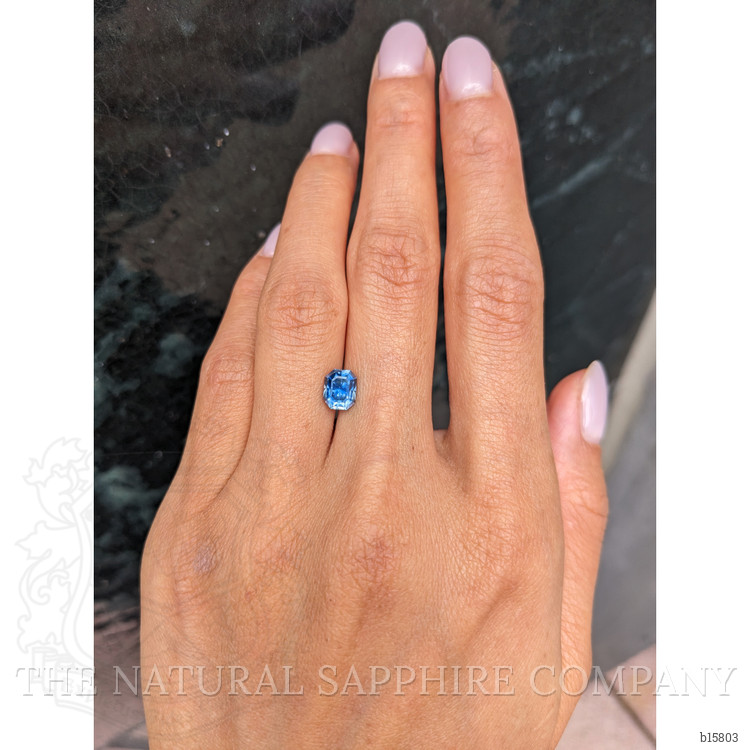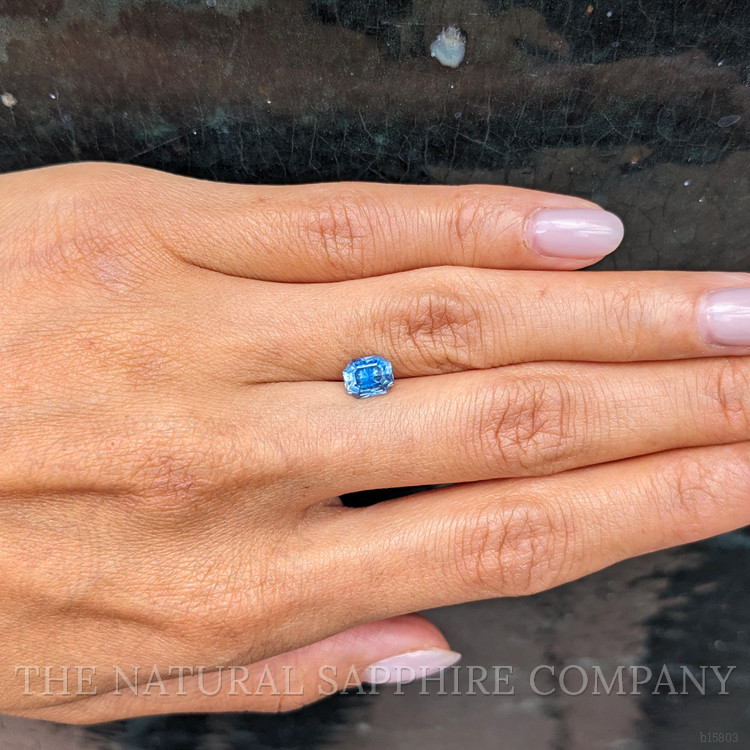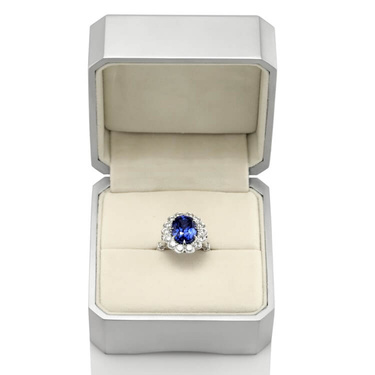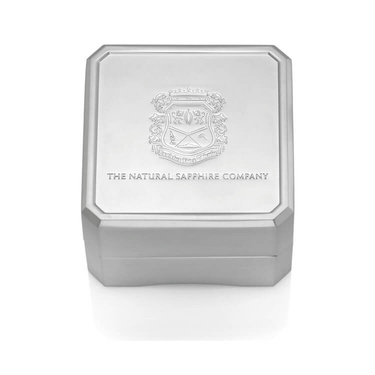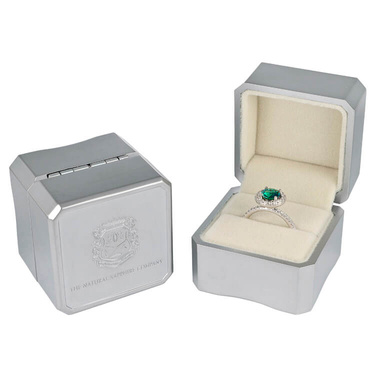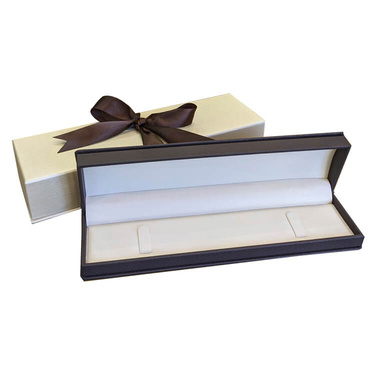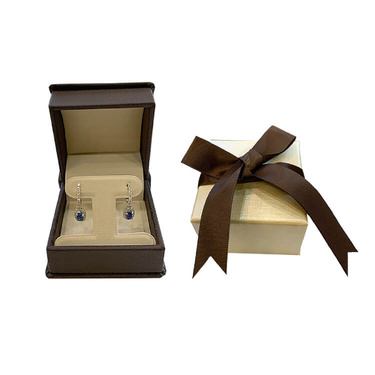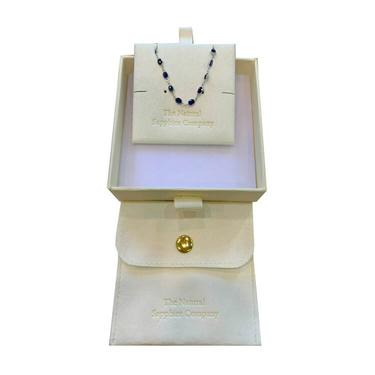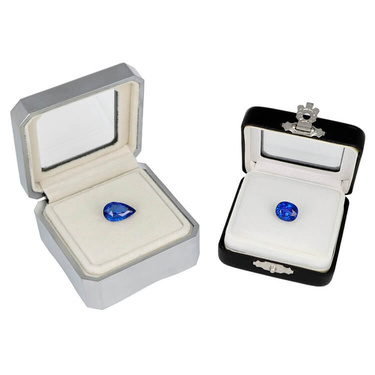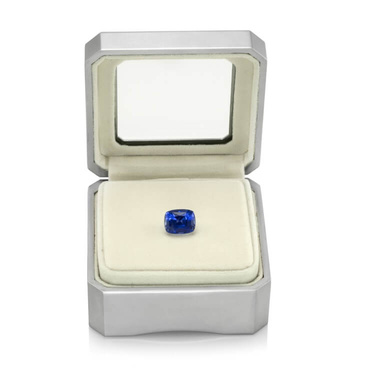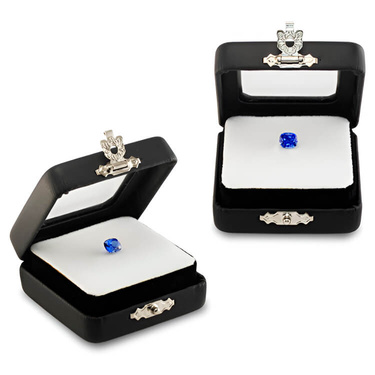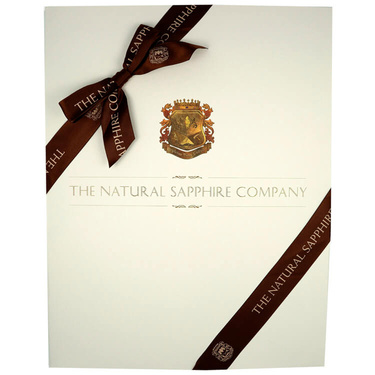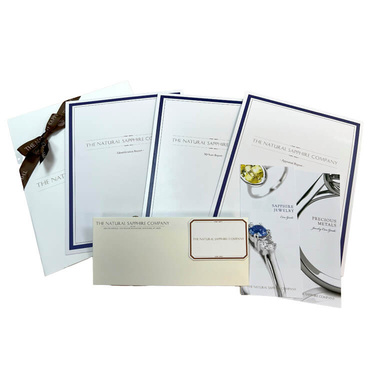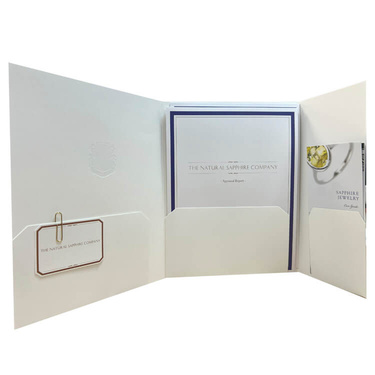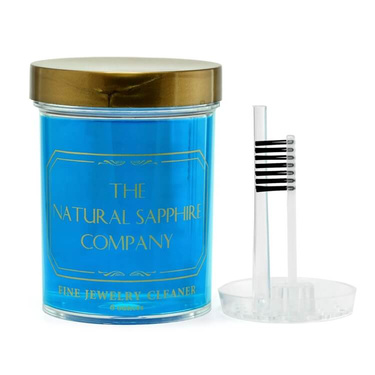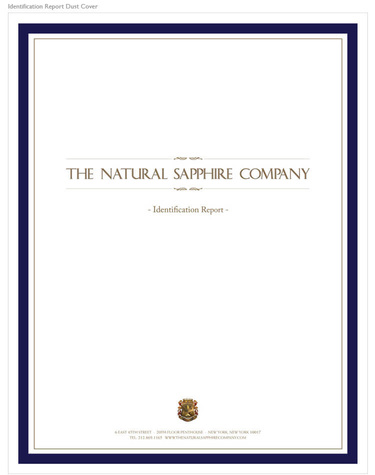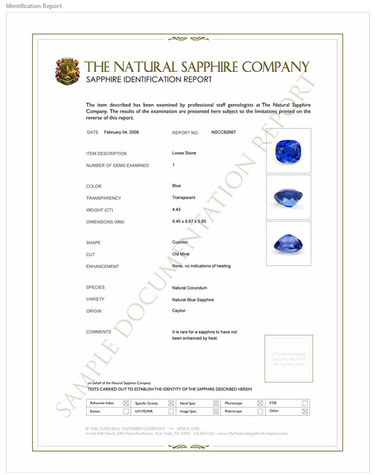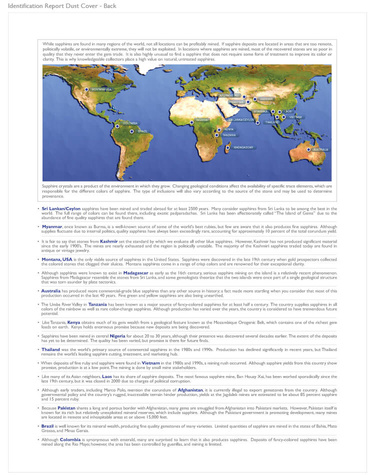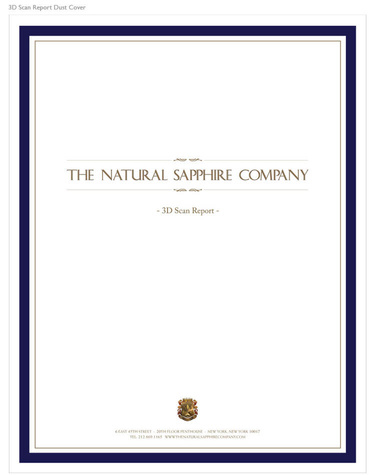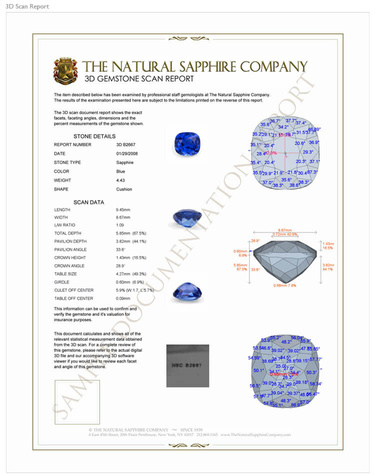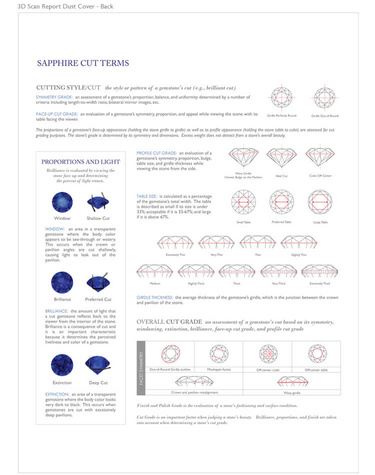- Stone11
- Reports3



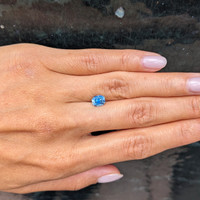
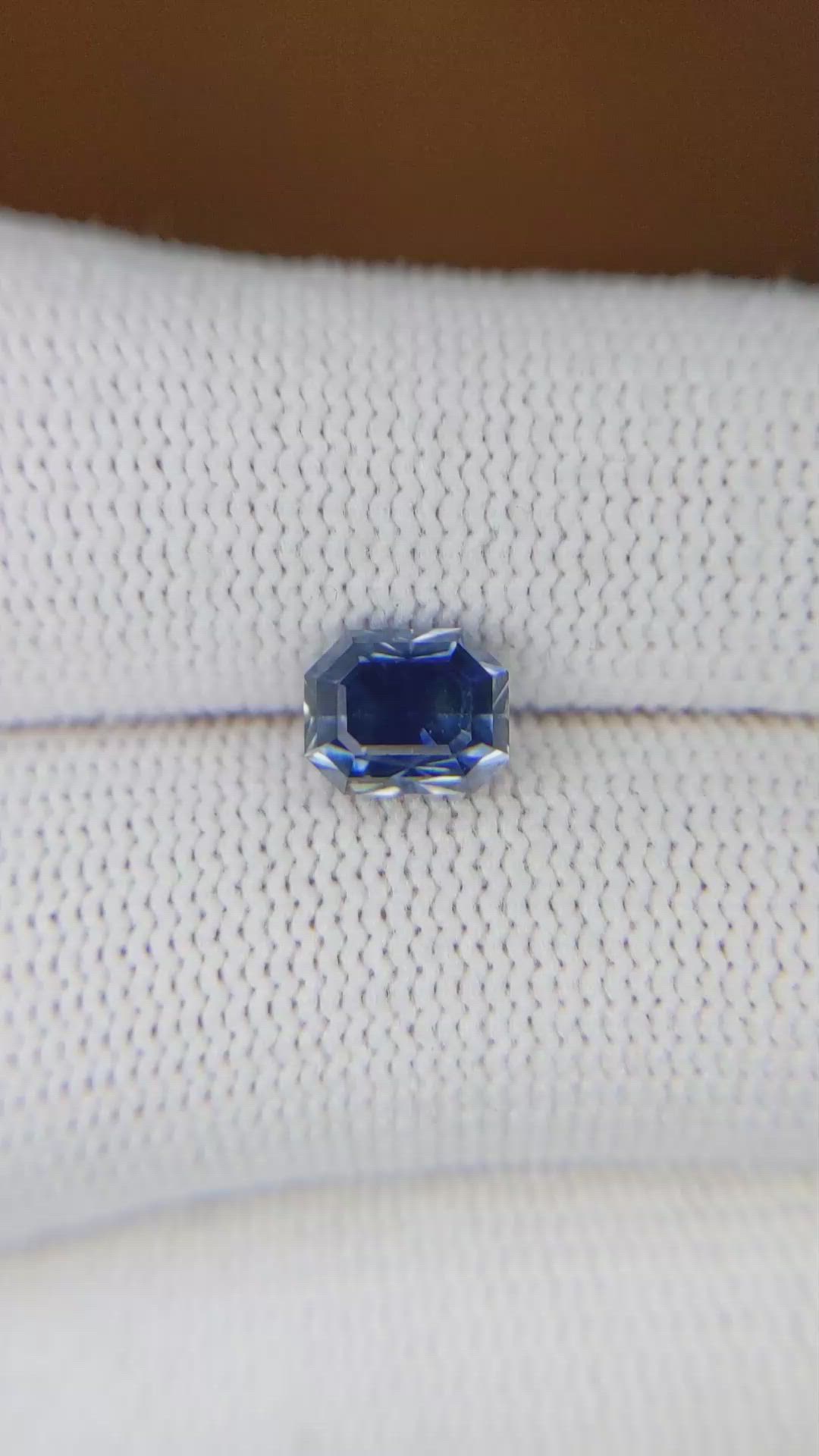
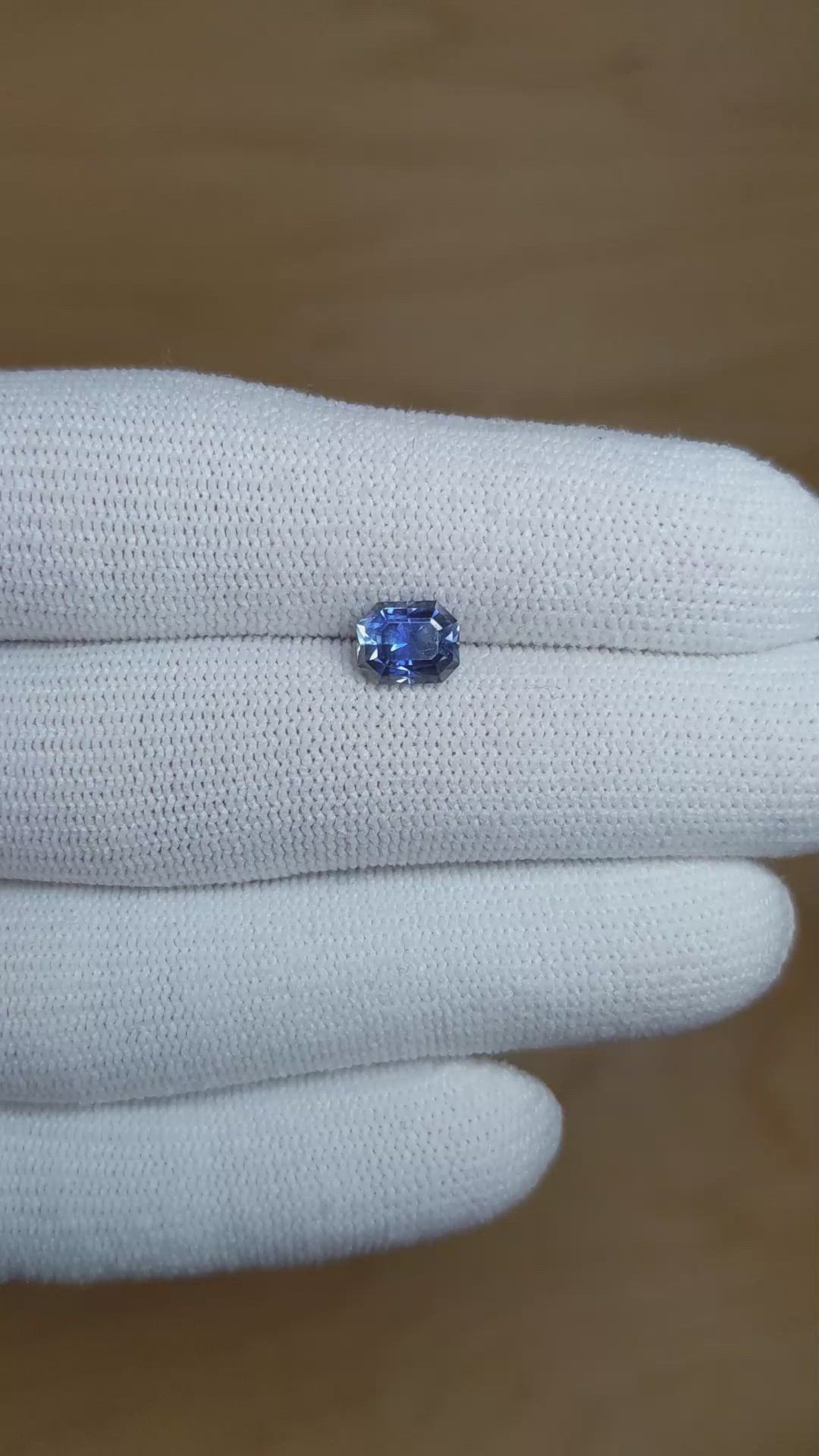
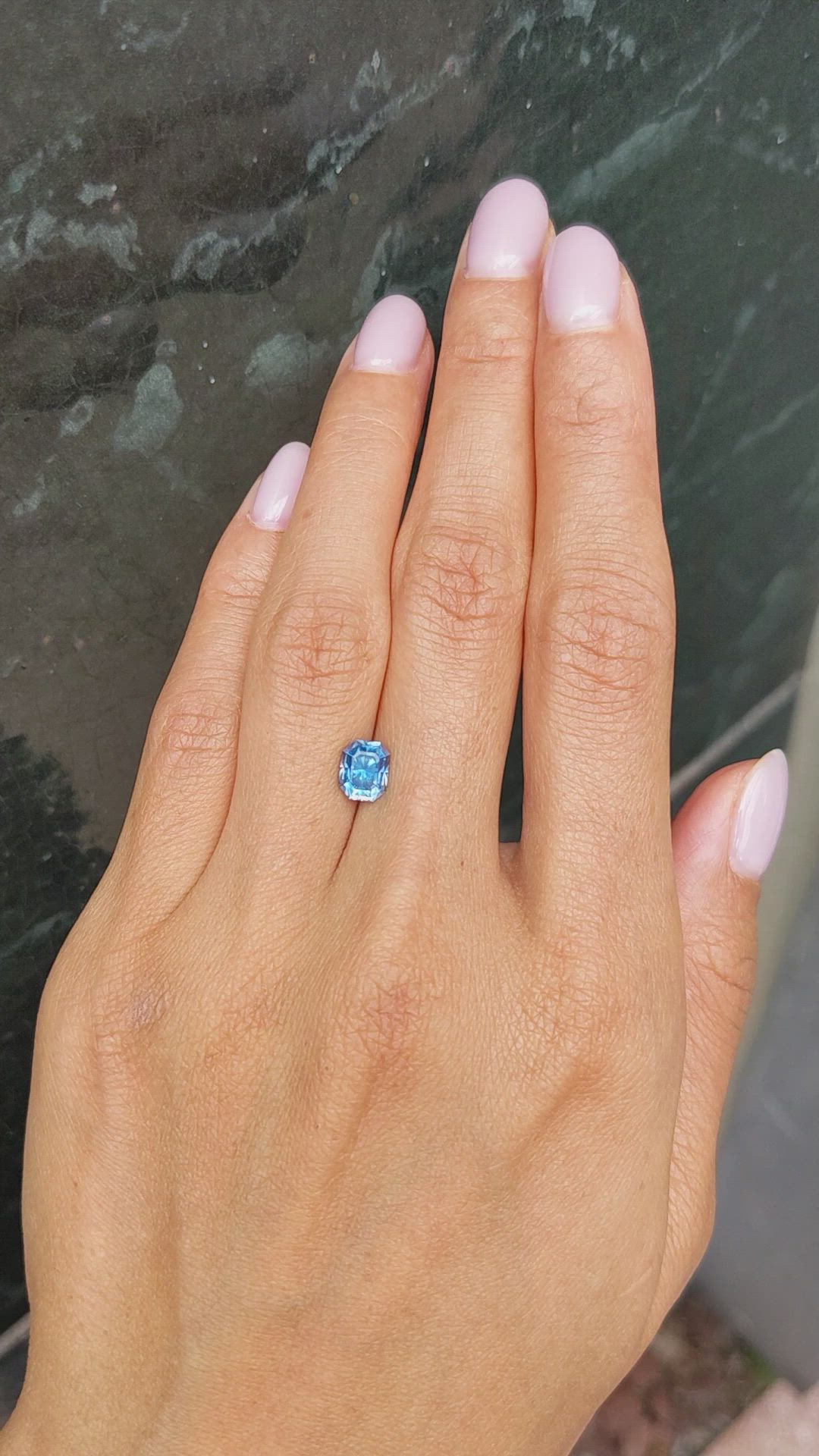




1.68 Ct. Blue Sapphire from Montana
This loose stone is available to ship now
Item ID: | B15803 |
|---|---|
Dimensions (MM): help | Length: 6.85 Width: 5.5 Height: 4.95 |
Weight: | 1.68 Ct. |
Color: help | Blue |
Color intensity: help | Intense |
Clarity: help | Very Slightly Included |
Shape: help | Radiant |
Cut: | Radiant Cut |
Cutting style: | Faceted |
Enhancements: help | Heat Treated |
Origin: help | Montana |
Per carat price: help | $1,700 |
This transparent 1.68 carat radiant shape blue sapphire measures 6.85 by 5.50 by 4.95 millimeters, and exhibits a radiant cut with carefully faceted pavilion and crown planes. Clarity is described as very slightly included when evaluated at eye level, and the stone shows an intense blue color with excellent polish. The sapphire is heat treated, a standard enhancement in the trade that stabilizes and deepens color, and it is sourced from Montana, a locality known for producing sapphires with cool blue tones and a distinct, natural character. The combination of transparency, intense color intensity, and a high quality polish yields a stone that balances depth of tone with clarity of light transmission, resulting in a gemstone that reads as both vivid and refined in hand.
The radiant cut on this piece was chosen to maximize light return within the constraints of the stone size and material, creating lively face up brilliance and even scintillation across the table. Unlike a round brilliant, which emphasizes continuous return of white light through a highly symmetrical facet pattern, the radiant cut employs a hybrid faceting style that produces a balance of broad flashes and smaller scintillating highlights. The result is a gem that shows noticeable brightness in movement, while retaining balanced contrast that emphasizes the intense blue color. With an excellent polish, facet junctions sit cleanly under magnification, so light flows with minimal diffusion. For a sapphire, which as corundum typically shows a more subdued fire than high dispersion stones, this cut enhances perceived brightness by optimizing internal reflections rather than relying on spectral dispersion.
When compared to other gemstones in its category, this Montana blue sapphire presents a different reflective signature than many signature sapphires from other origins and than other blue stones. Compared to Sri Lankan sapphires, which often show lighter tone and greater light transmission and consequently a more luminous, open appearance, this Montana example carries a deeper saturation that yields stronger contrast and a denser face up presence. Compared to Burmese and Kashmir sapphires that are prized for their velvety depth and diffuse light scattering, this stone offers crisper facet definition and more pronounced scintillation, owing to the radiant cut and the stone s natural transparency. Against spinel, which can exhibit vivid flashes and a lively reflective quality due to its crystal habit and cutability, the sapphire reads as more restrained but richer in chroma. Against tanzanite, which demonstrates notable pleochroism and a different directional color response, the sapphire shows greater consistency of blue under variable lighting, with pleochroism present but less dominant. Overall, the reflective behavior of this sapphire emphasizes internal light return and color saturation rather than broad spectral fire or dramatic color change, characteristics that are typical of quality blue corundum.
In practical terms for a setting, this 1.68 carat radiant sapphire will perform well in designs that allow light to enter through the crown and across the pavilion, preserving the balance of brightness and color depth. Its very slightly included clarity will not be apparent to the unaided eye, and the intense color will maintain presence even in modestly lit interiors. For buyers seeking a sapphire that combines transparent brilliance, precise faceting, and the particular tonal character associated with Montana material, this stone represents a measured choice. The Natural Sapphire Company documents origin and treatment, and the stone is presented with specifications that allow for careful evaluation of its optical performance and suitability for custom or ready made jewelry.






